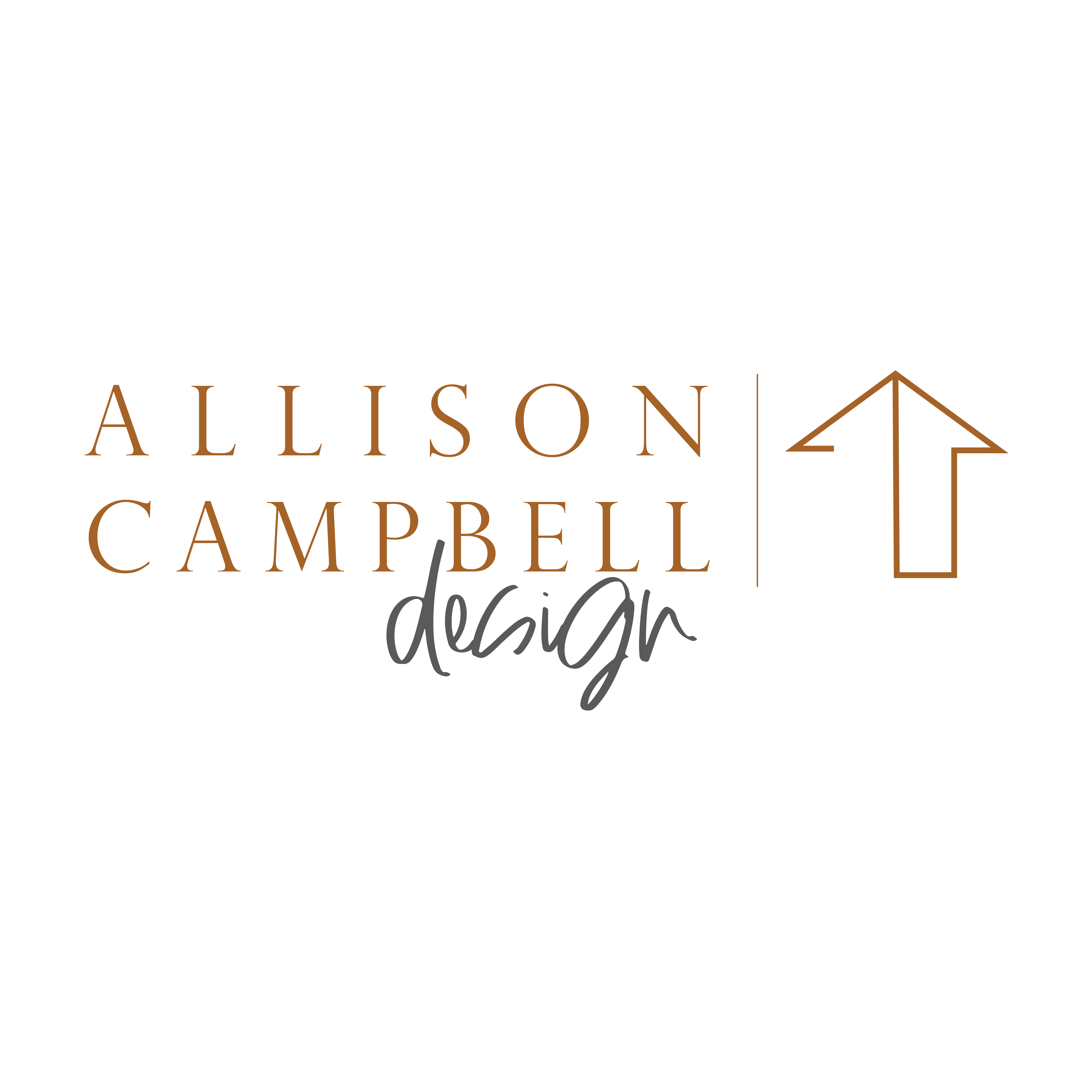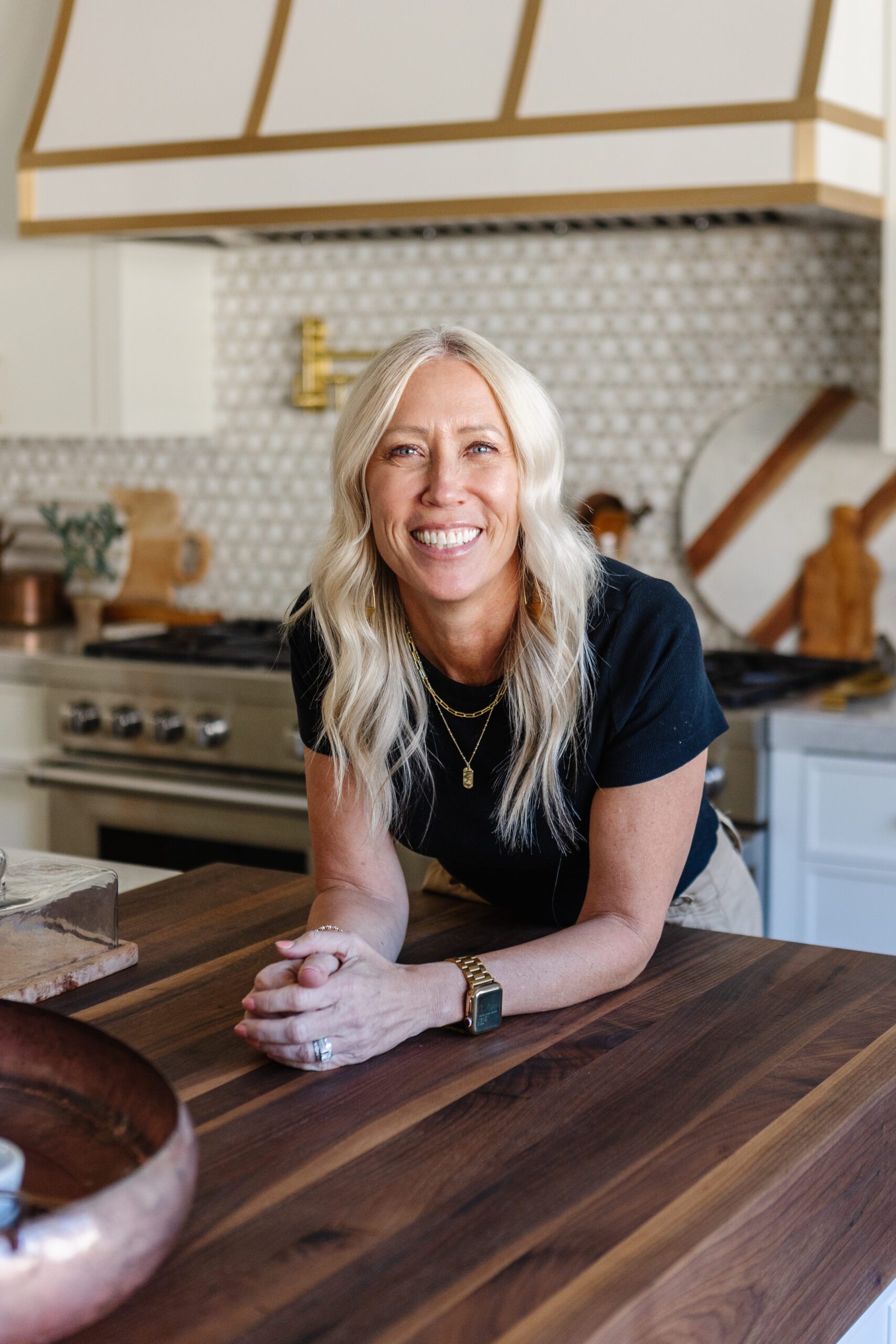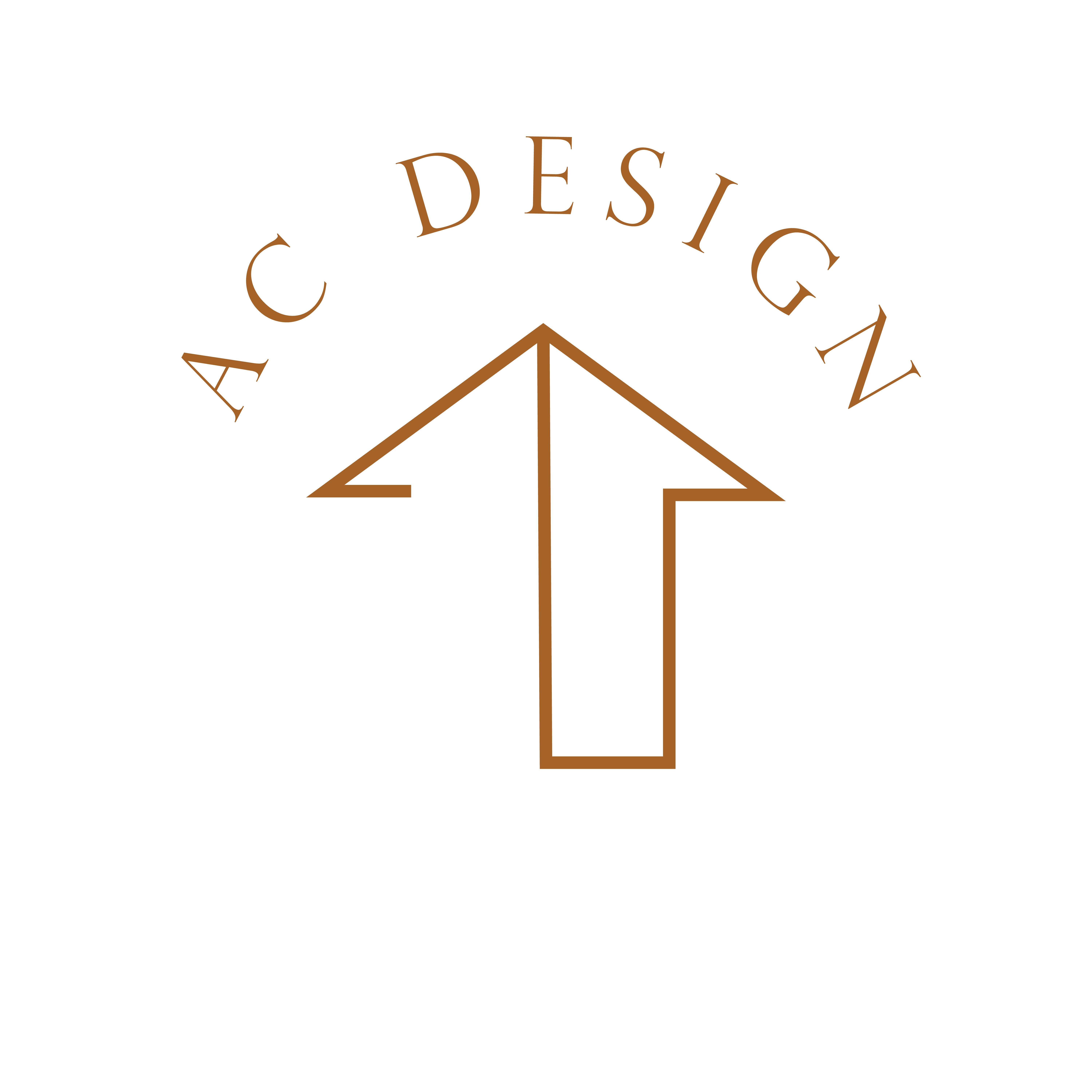I am building a home, when should I involve a designer?
Ideally you have vetted and chosen a designer as part of your home building team before your house plans are drawn. Your builder, your architect or planner, and your designer will work together within their specialties. They communicate with one another as issues arise both during the building process and well before the foundation is laid. If you have started building and fear you might be too late to involve a designer, don’t sweat it! A good designer can show up to the scene at almost any stage of the construction phase, but understand that there might be some issues when inviting your designer to the party at later stages, some of which I will discuss here.
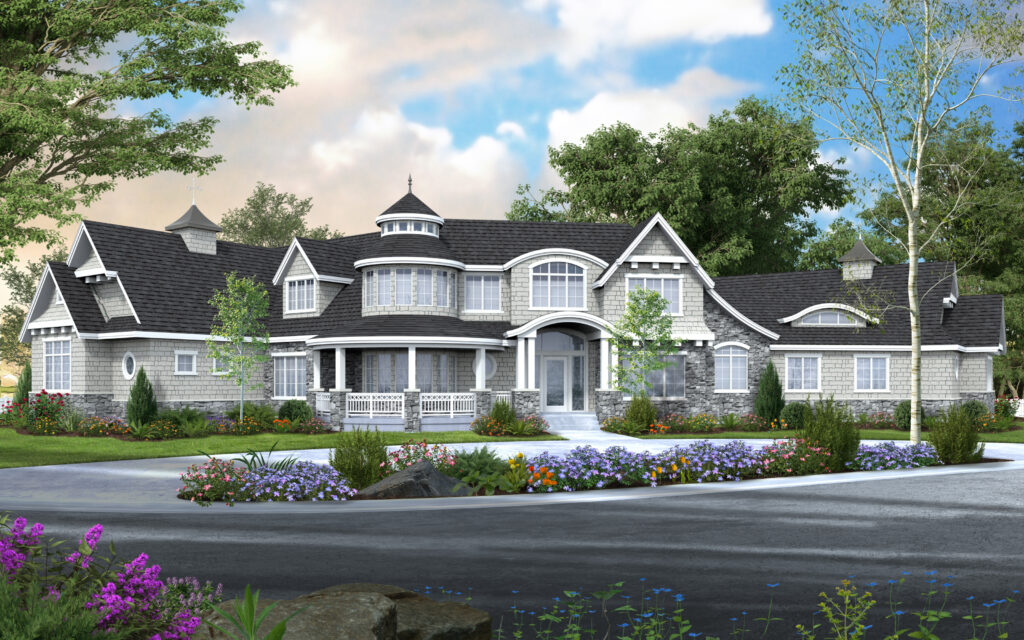
Rendering courtesy of Shelby Homes
What should I look for when hiring a designer?
There are some key considerations you should keep in mind when evaluating whether a designer is a good fit for you. Firstly, you will want to know if they have construction design experience. Some interior designers work purely in selecting finishes or furniture, so determining the heights of countertops or shower heads, window type and placement, electrical locations for future lighting selections are just three of countless ways a full-service designer can help you avoid costly adjustments later on. Does your candidate communicate and listen well? Do they commit to helping you stay within budget? Are they clear on their role and are you confident they can artfully manage (rather than interfere) with the specialties of your builder and sub-contractors? A good designer is like an orchestral conductor; they keep the end vision in mind while bringing out the best in the other instruments playing along. And lastly, look at their references, experience, and talk to current and past clients. Someone who works hard to maintain their good name will have a reputation for being good to work with and those references are a good indicator you are on the right track.
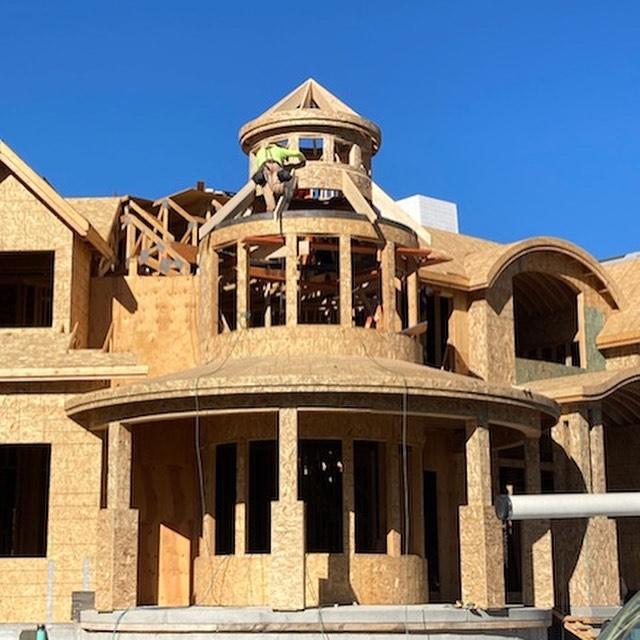
Is it too late if I have already started the building process?
NO. I am hired at many stages of construction, from the time of initial planning, to excavation, to framing and drywall, to finish and furnishing selection. There may be additional costs incurred at this stage as I mentioned before, however. Plumbing and electrical issues are the most expensive and the most common problems to fix after they’ve been placed. You may want a great chandelier in your entry or one large pendant over your island rather than two, for example, which will cost money to reposition, repair and paint over in the post-construction phase. There can be many issues with plumbing placement too, so keep in mind that while there aren’t challenges that are insurmountable, they may carry a price tag that could have been avoided had you included a designer before this point. I am a problem solver by nature, so a skilled designer will work through the challenges and help you create a home you will love.

photo courtesy of acdesignteam via Instagram #ohheytuhayeproject
https://www.instagram.com
https://kentconstruction.net/
How much should I expect to pay for design services?
I wish I could tell you a formula for designer cost, but it varies by so many factors. Many charge a design fee and/or an hourly fee, so be upfront about your budget and the percentage of your construction budget allotted for design. Also consider the many ways that a designer will add to your home building experience, such as interfacing with your builder, planner, and contractors. A designer will curate art, furniture and finishes that are not commonly found in every home, or mass produced by Pottery Barn or HomeGoods. (I still love those places, but so does everyone else!) A designed home will be unique to you and not easily replicated by the neighbors, with details that are intentional and precisely considered,. Your designer should be a good voice of reason and experience, guiding you along the way toward your end vision and helping you through all of the problems, questions and options that surround and often overwhelm a homebuilding client. This saves you time, and energy, and stress, with results that will payoff for years to come. And lastly, knowing your budget, an experienced designer can help you get a high end look when your budget is already maxed, can help you understand the commitment of the finishes you are selecting ,and keeps that end result in mind when bright lights and pretty colors often derail a homeowner shopping or making design decisions solo. A client working with a designer is assured that sizes, quality and function have been considered by someone who has years of experience, education and understanding.
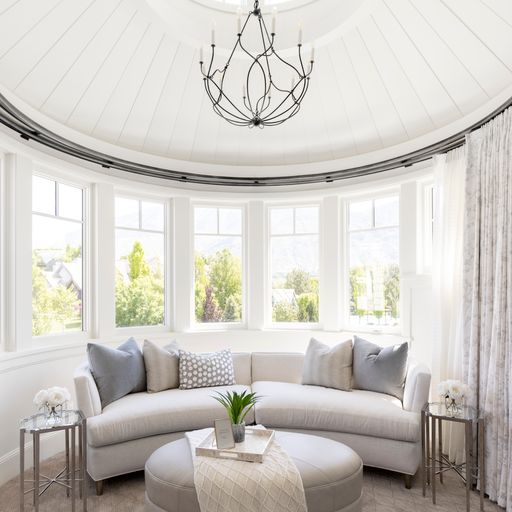
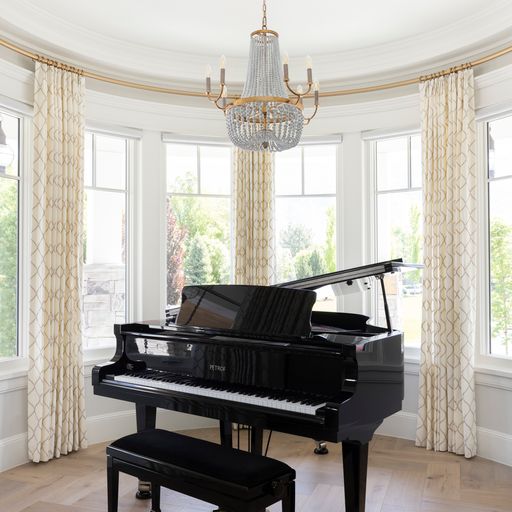
What should MY role be when working with a designer?
There are two ways a client can be an especially productive member of the home building team, and these ways are equally vital; the first being that you are informed, opinionated and vocal about what you want. You do not need to know the name of the styles you prefer or even know your favorite color, but you do need to be able to communicate how you want your home to function and feel. Get on Pinterest and save pictures of styles and structures that you like so you can gather a collection of images for your designer to decipher, leading you in a general direction. Details will come later, but in the beginning, a general idea of what you do and don’t like is key. And the other vital step is this one; TRUST your designer to do their job. Do you knock on the door of the cockpit and tell your pilot which route you prefer to your destination? Do you show him or her where there might be thick cloud cover or check in to ask if they’ve considered the wind current? This is a comedic example, but it’s clear that when you put trust in your pilot, your conductor, and in your designer, you allow them to use their skills in a way that guarantees the best result without fretting over issues that you have already paid them to handle. If you step back and allow your designer the creative space and energy to do the mental wrestling over what is best for the function and look that you worked hard to communicate in the beginning of the process, you add value to the team. There will be future presentations, there will be lots of ideas exchanged, and you will have meetings and decisions and opportunities for clear feedback all along the way. And this process will repeat itself until the perfect plan is in place for you, so sit back and enjoy the flight. Or the concert. Or the design process, because your designer is your advocate and your friend, let them do the hard work for you!
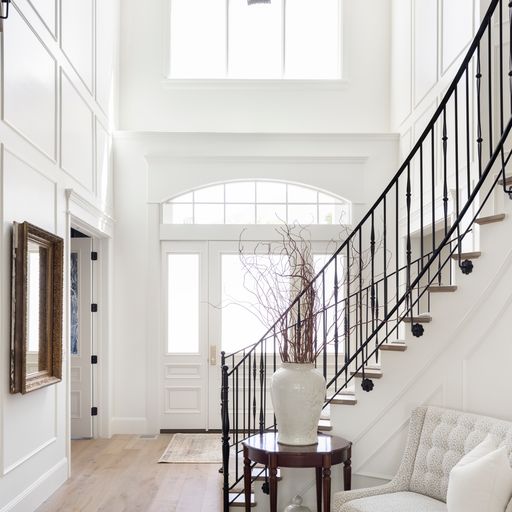
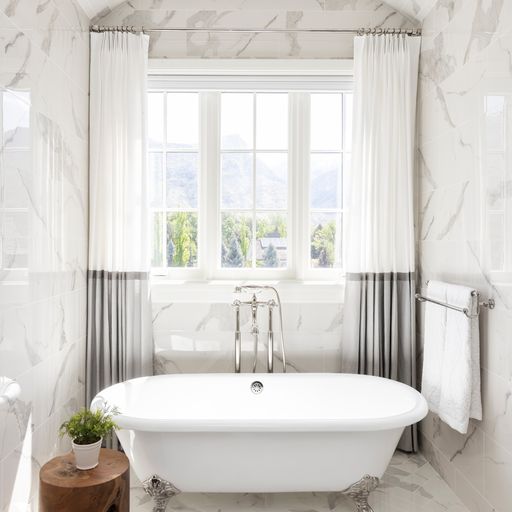


Photos courtesy of https://www.instagram.com/accounts/login/?next=%2Famanda.peterson.photography%2F&source=omni_redirect
A beautiful home is an investment and a designer will help you get the most return if you involve and communicate with and trust their role. I hope you’ve received some food for thought on including a quality designer as part of your homebuilding team and that your experience is that of many of my own clients; a unique and treasured home they love!
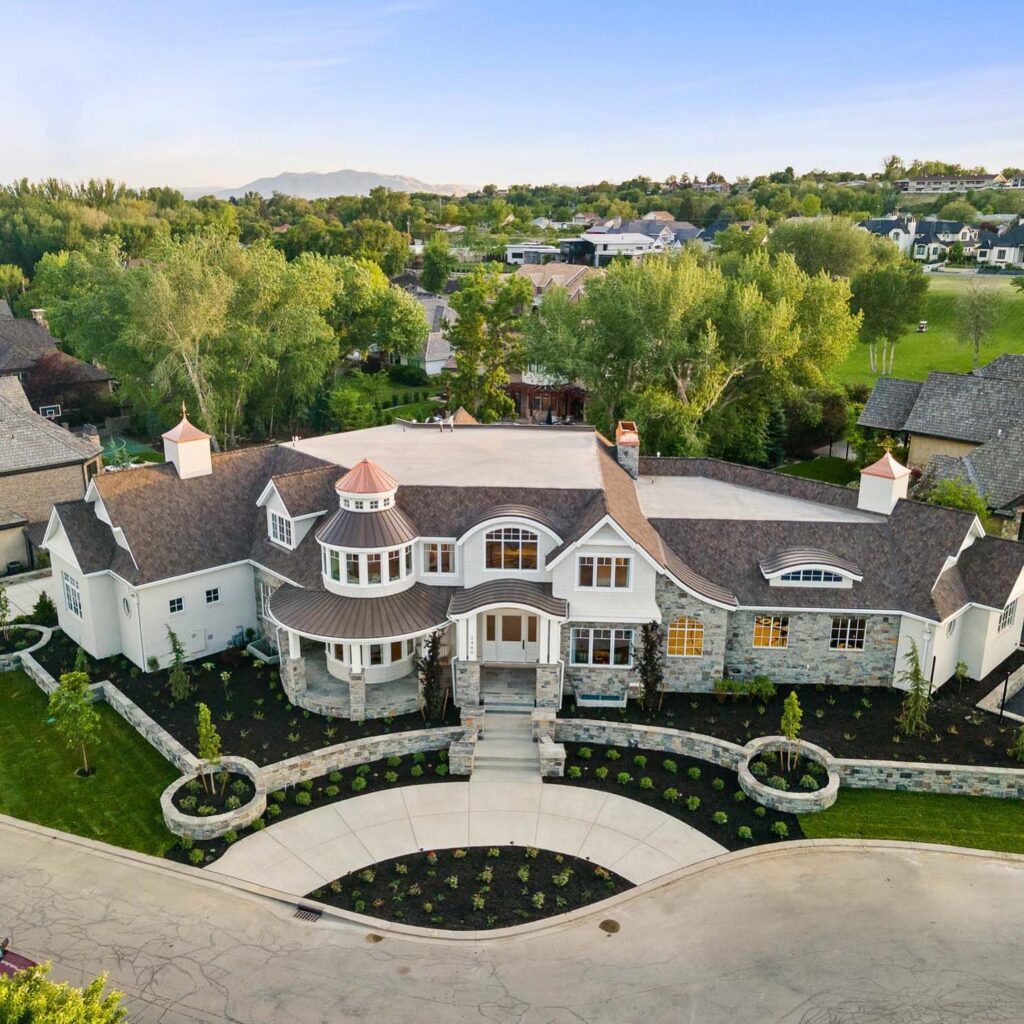
Love,
Alli
